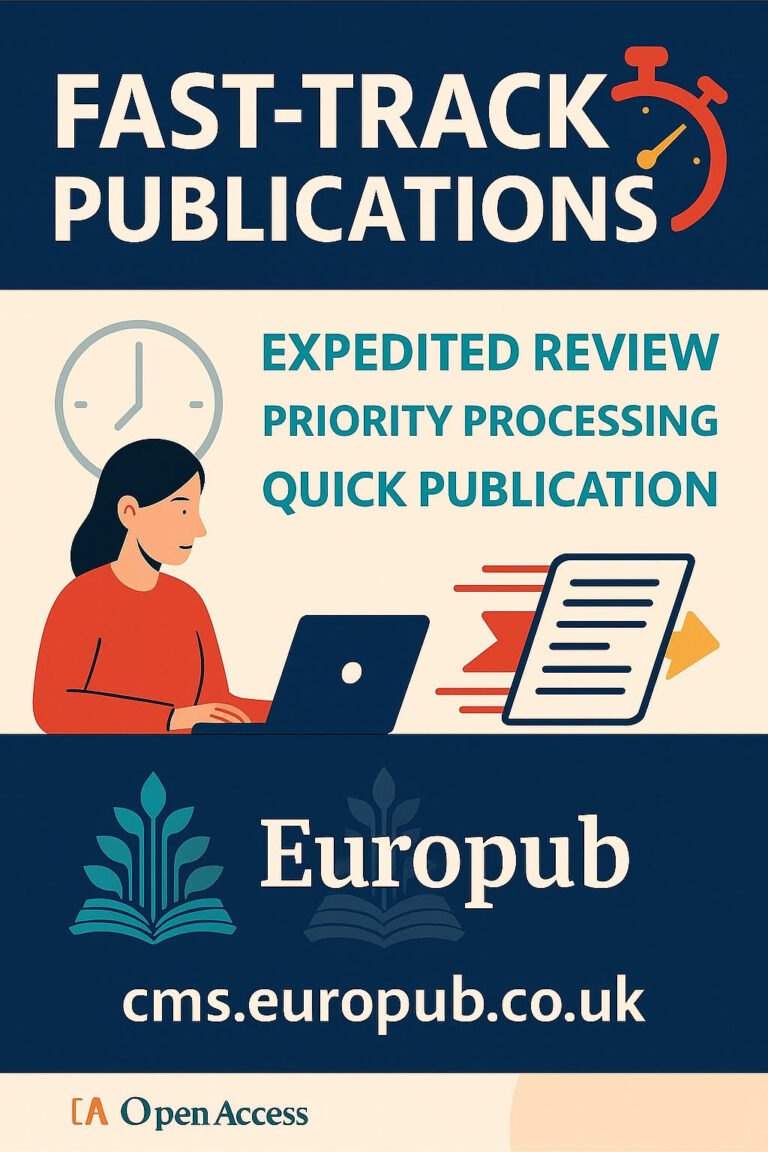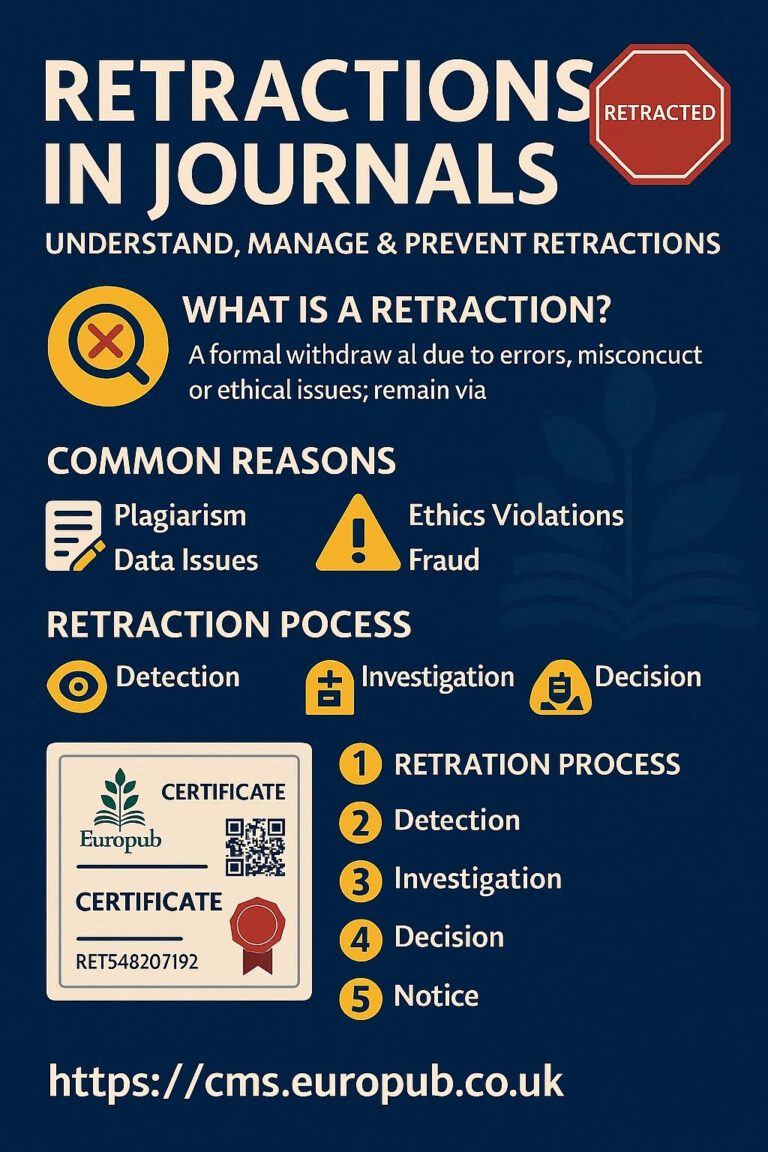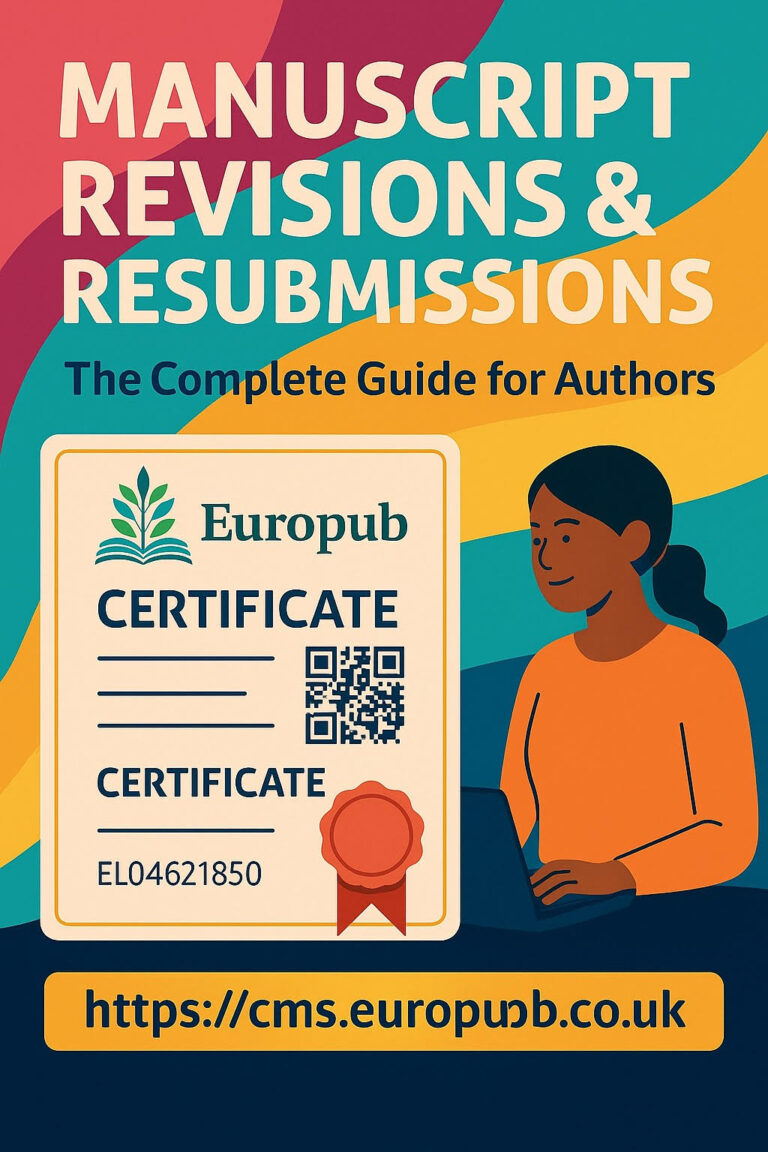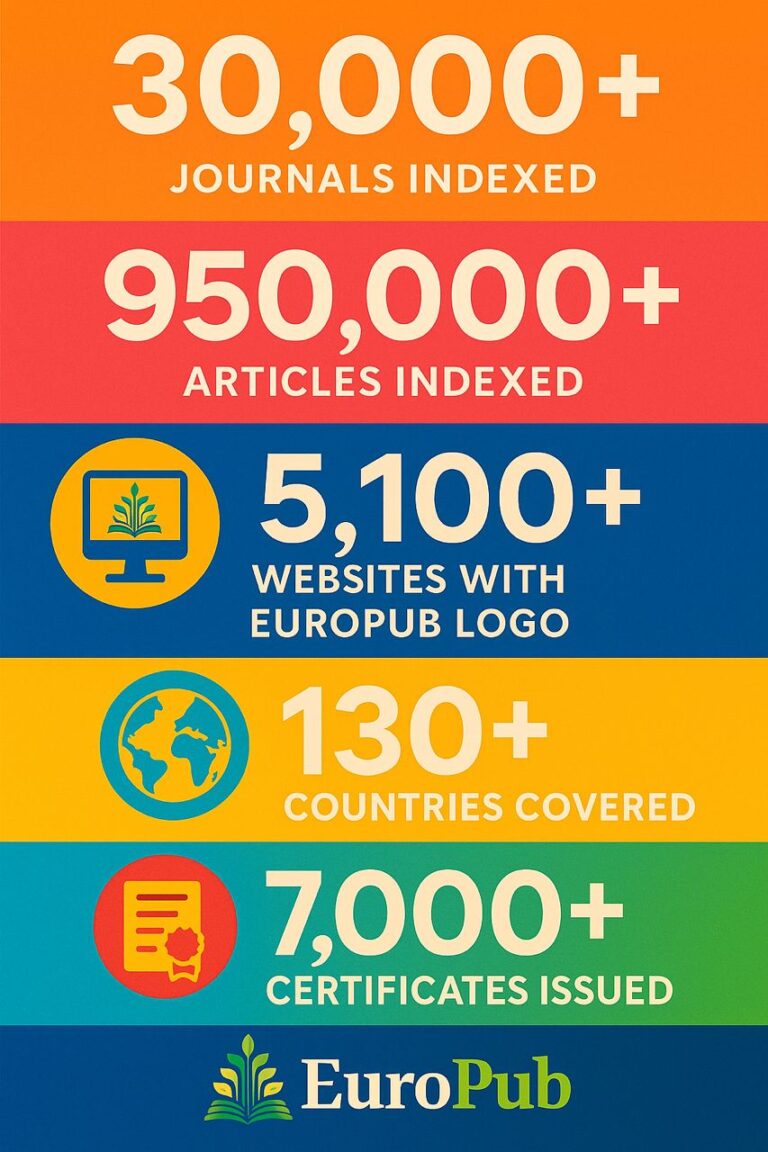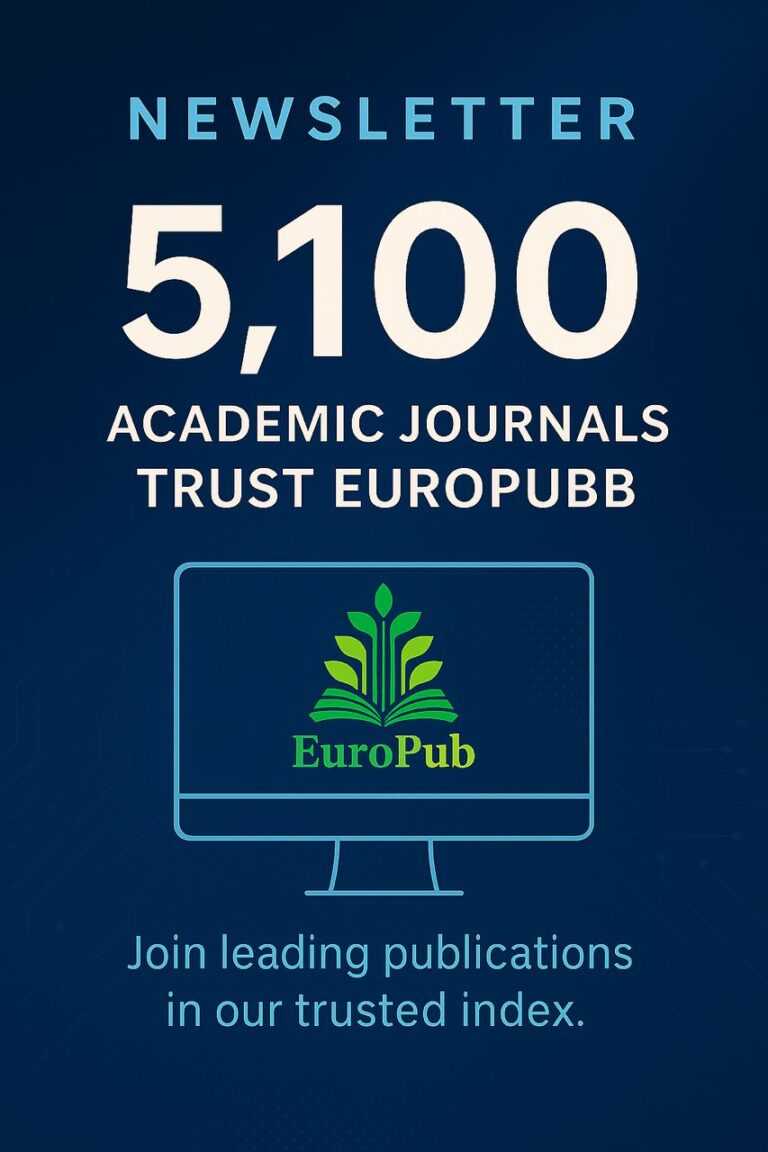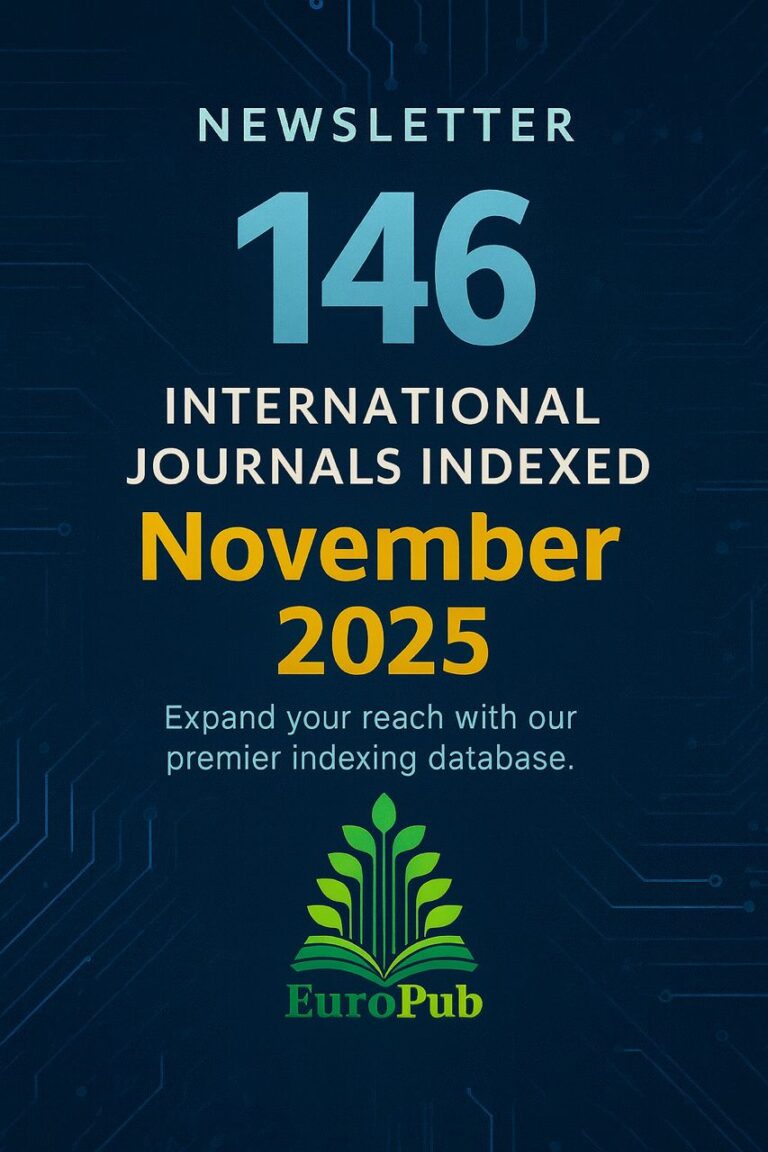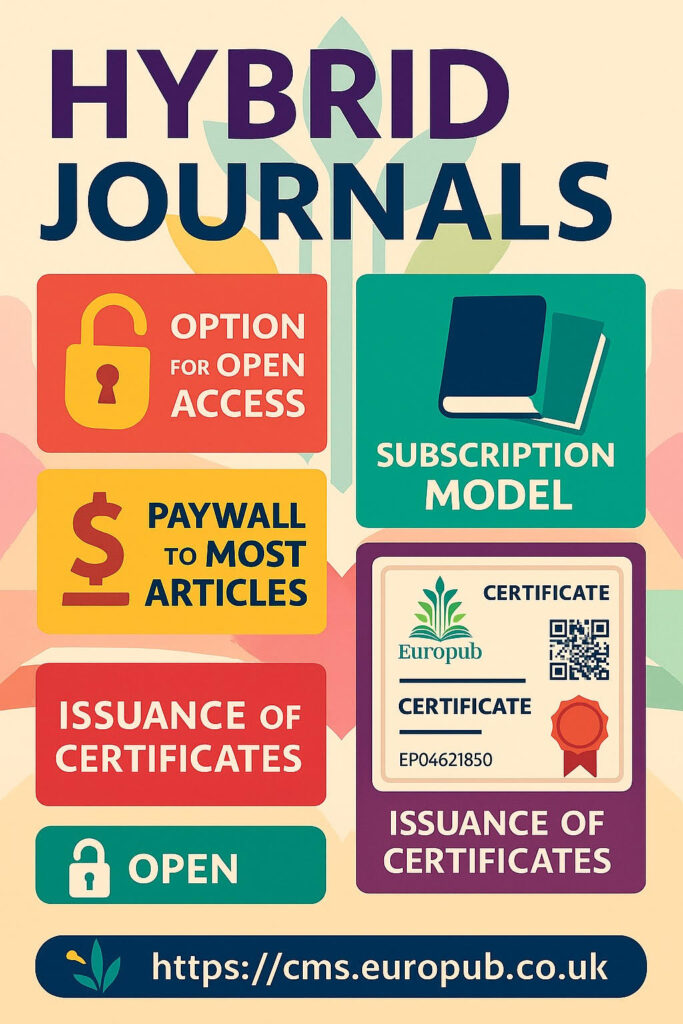
Definition
Hybrid journals are academic journals that operate under a mixed publishing model. They mainly function as subscription-based journals but offer authors the option to make their individual articles open access by paying an Article Processing Charge (APC). This creates a hybrid system where some content is behind a paywall, while other content is freely available.
Key Features
- Dual Model: Combination of subscription-based access and optional open access.
- APCs: Authors can pay an APC (often ranging from $1,500 to $5,000 depending on publisher and field) to make their article open access.
- Global Reach: Open access articles are available to readers worldwide without restriction.
- Indexing: Hybrid journals are often indexed in Scopus, Web of Science, and PubMed.
- Prestige: Many top publishers like Springer, Elsevier, Wiley, and Taylor & Francis run hybrid journals.
- Compliance: Hybrid journals often comply with institutional and funder mandates for open access.
Advantages
- Wider visibility for open access articles.
- Authors can meet funding agency requirements for OA publication.
- Increased citations and downloads for OA articles.
- Readers benefit from free access to OA content.
Disadvantages
- Expensive APCs.
- Creates inequality between authors with funding and those without.
- Journals still generate revenue from both subscriptions and APCs (“double-dipping” concern).
FAQs (Frequently Asked Questions)
Q1. What is a hybrid journal?
A hybrid journal is a subscription-based journal that allows authors to make their articles open access by paying an APC.
Q2. How is it different from a full open access journal?
Full open access journals make all content free, while hybrid journals only allow individual articles to be open access if the author pays an APC.
Q3. Are hybrid journals indexed in Scopus and Web of Science?
Yes, most hybrid journals from top publishers are indexed in major databases.
Q4. What are APCs in hybrid journals?
APCs (Article Processing Charges) are fees authors pay (often $1,500–$5,000) to make their article open access.
Q5. Do funders support hybrid journals?
Some funding agencies (like Horizon Europe or NIH) may cover APCs in hybrid journals, but many now encourage publishing in full open access journals instead.
Q6. Which publishers offer hybrid journals?
Major publishers include Elsevier (Hybrid Open Access), Springer (Open Choice), Wiley (OnlineOpen), Taylor & Francis (Open Select).
Q7. Do hybrid journals increase citations?
Yes. OA articles often receive more visibility and citations compared to paywalled articles.
Q8. What is “double dipping” in hybrid journals?
It refers to publishers charging both subscription fees and APCs, leading to criticism from the academic community.
Q9. Should I choose a hybrid journal for my paper?
It depends on your funding, career goals, and whether you need to meet open access mandates.
Q10. Can I get a certificate for publishing in hybrid journals?
Yes. Europub Certificate Management System issues digital certificates (with QR codes & Eurocode) for publications, indexing, and participation.
Useful Links
 Next Step: I can now design a colorful infographic/cover for Hybrid Journals, with Europub logo in the background, shapes and visuals (open lock, paywall, book icons, certificates), and the certificate with QR + Eurocode included.
Next Step: I can now design a colorful infographic/cover for Hybrid Journals, with Europub logo in the background, shapes and visuals (open lock, paywall, book icons, certificates), and the certificate with QR + Eurocode included.
